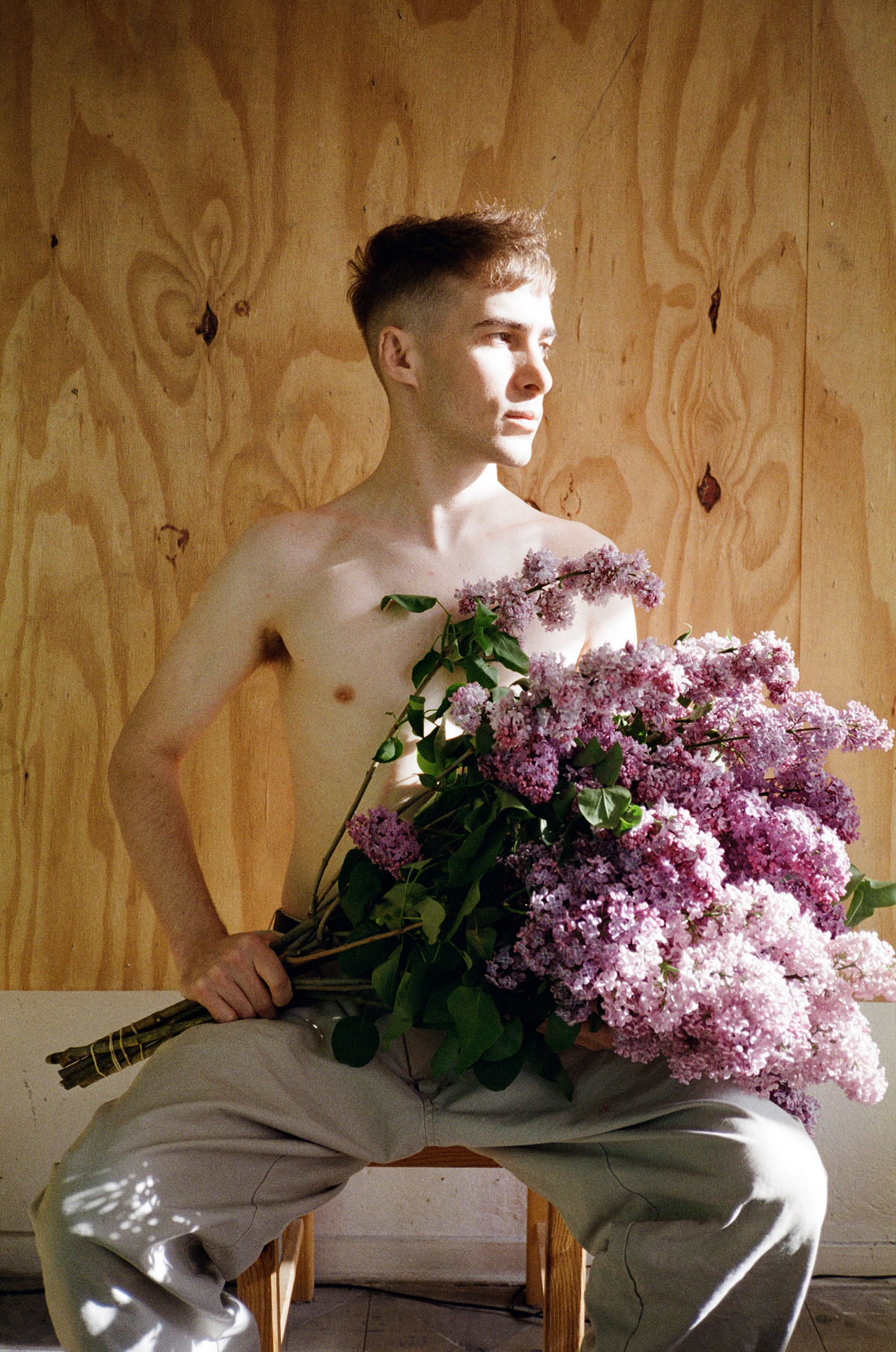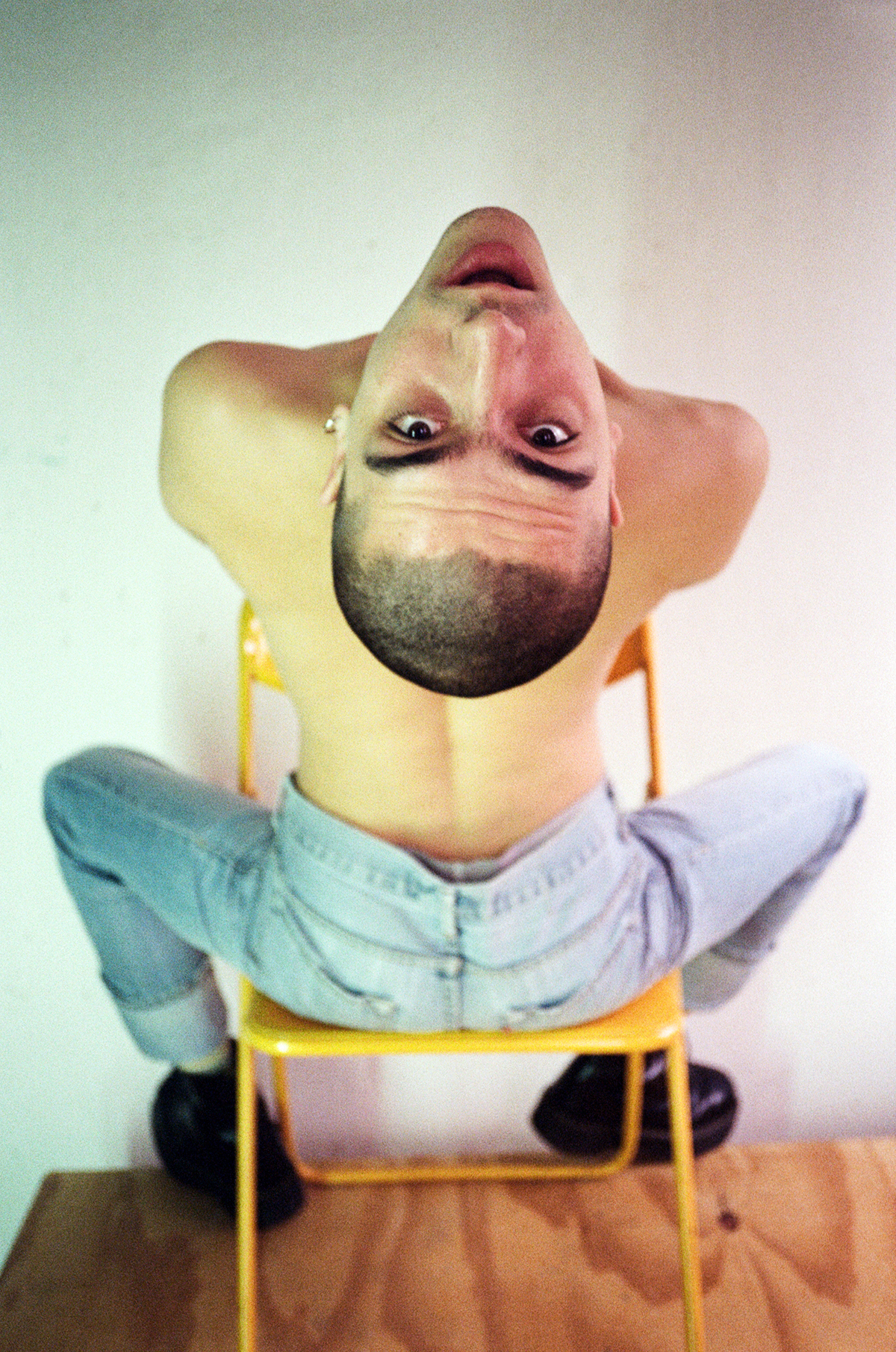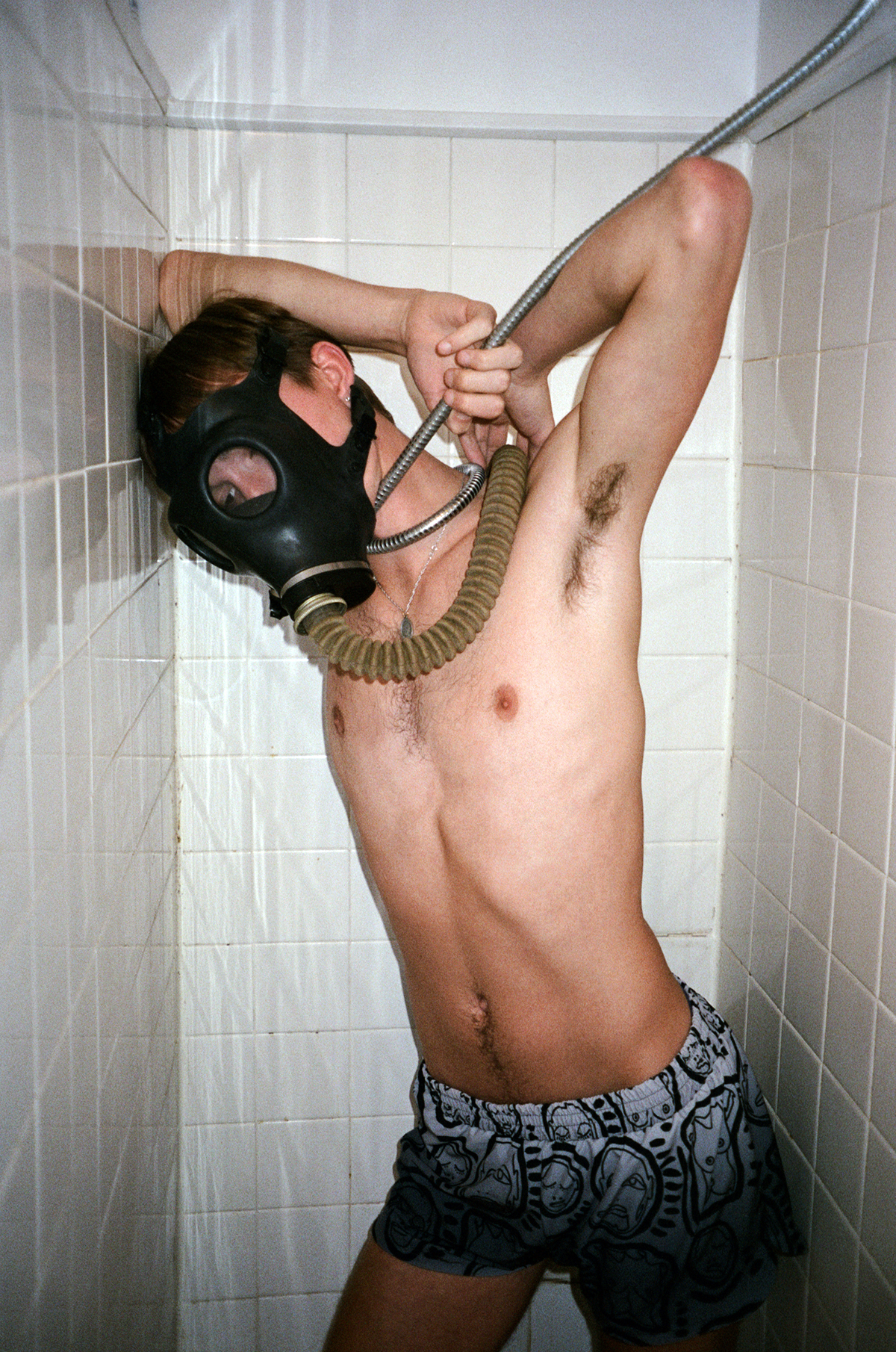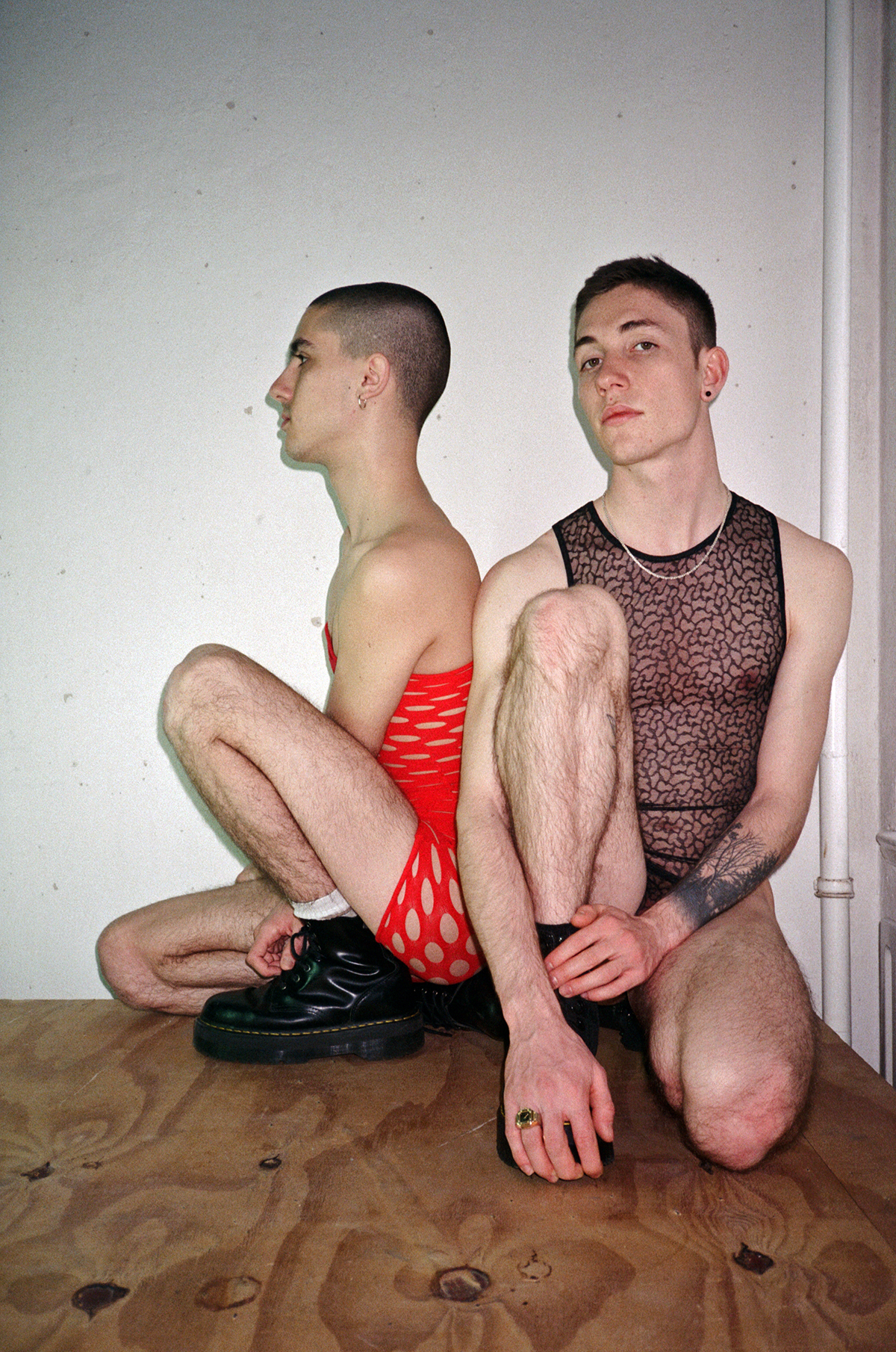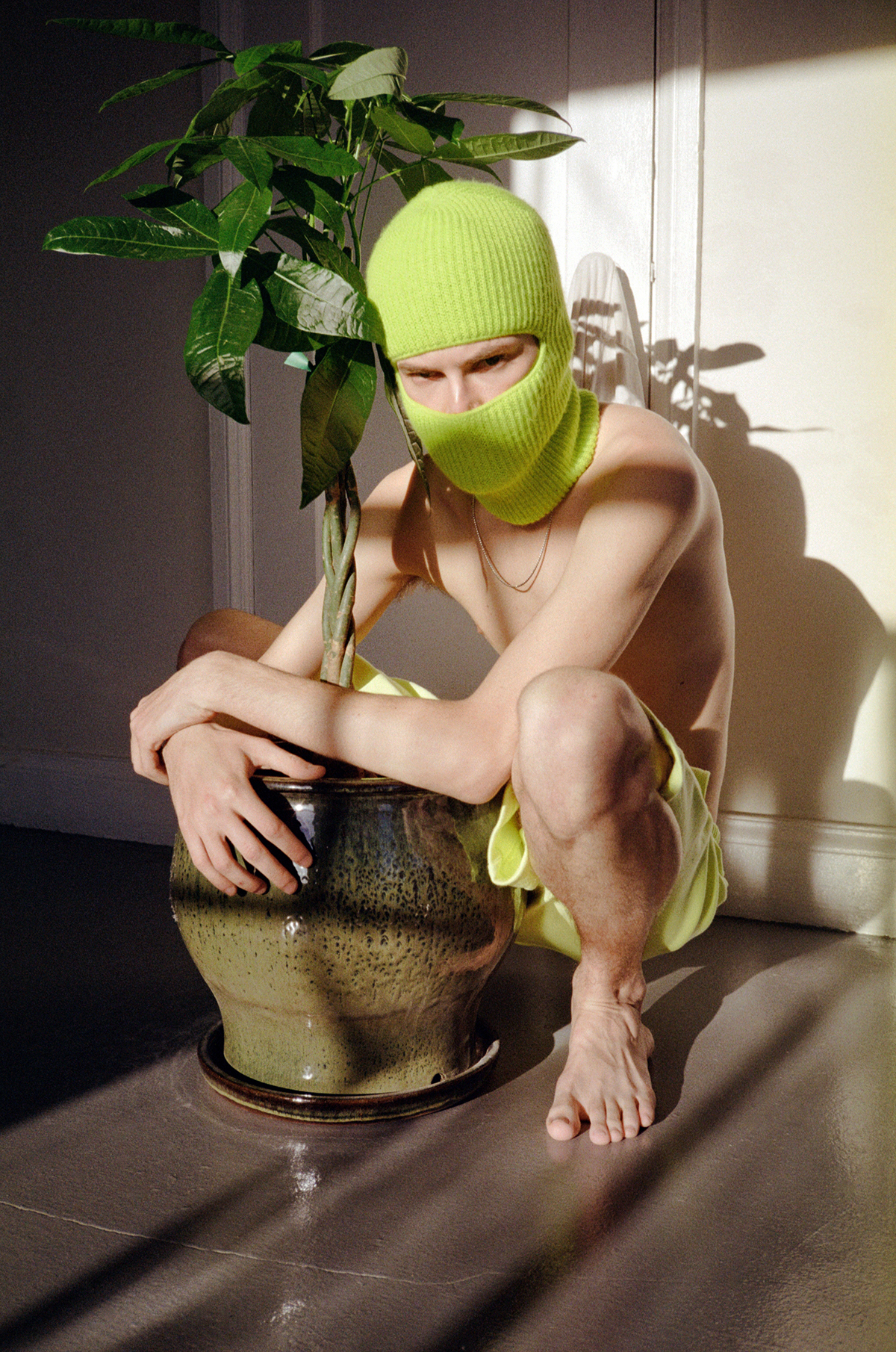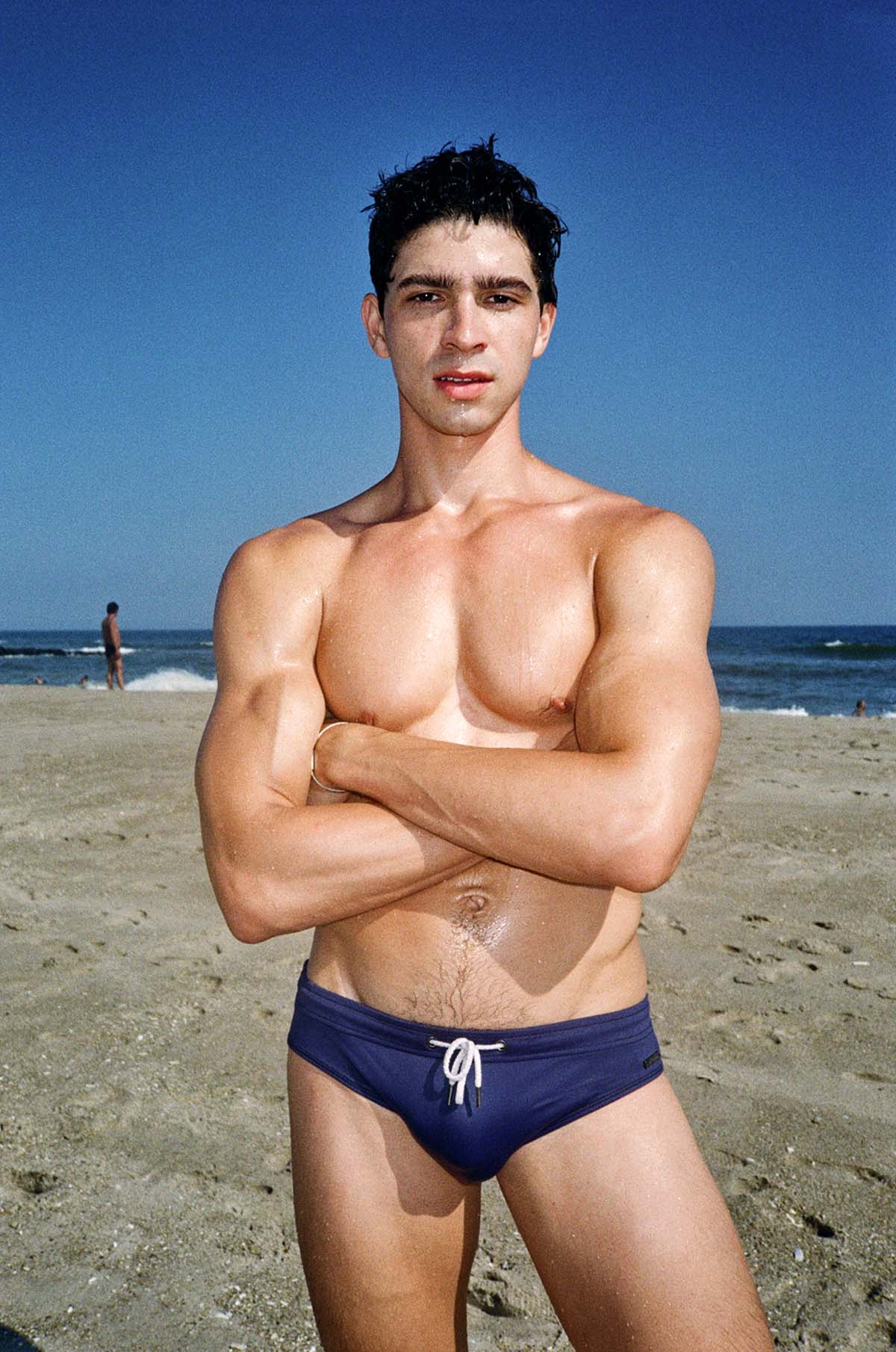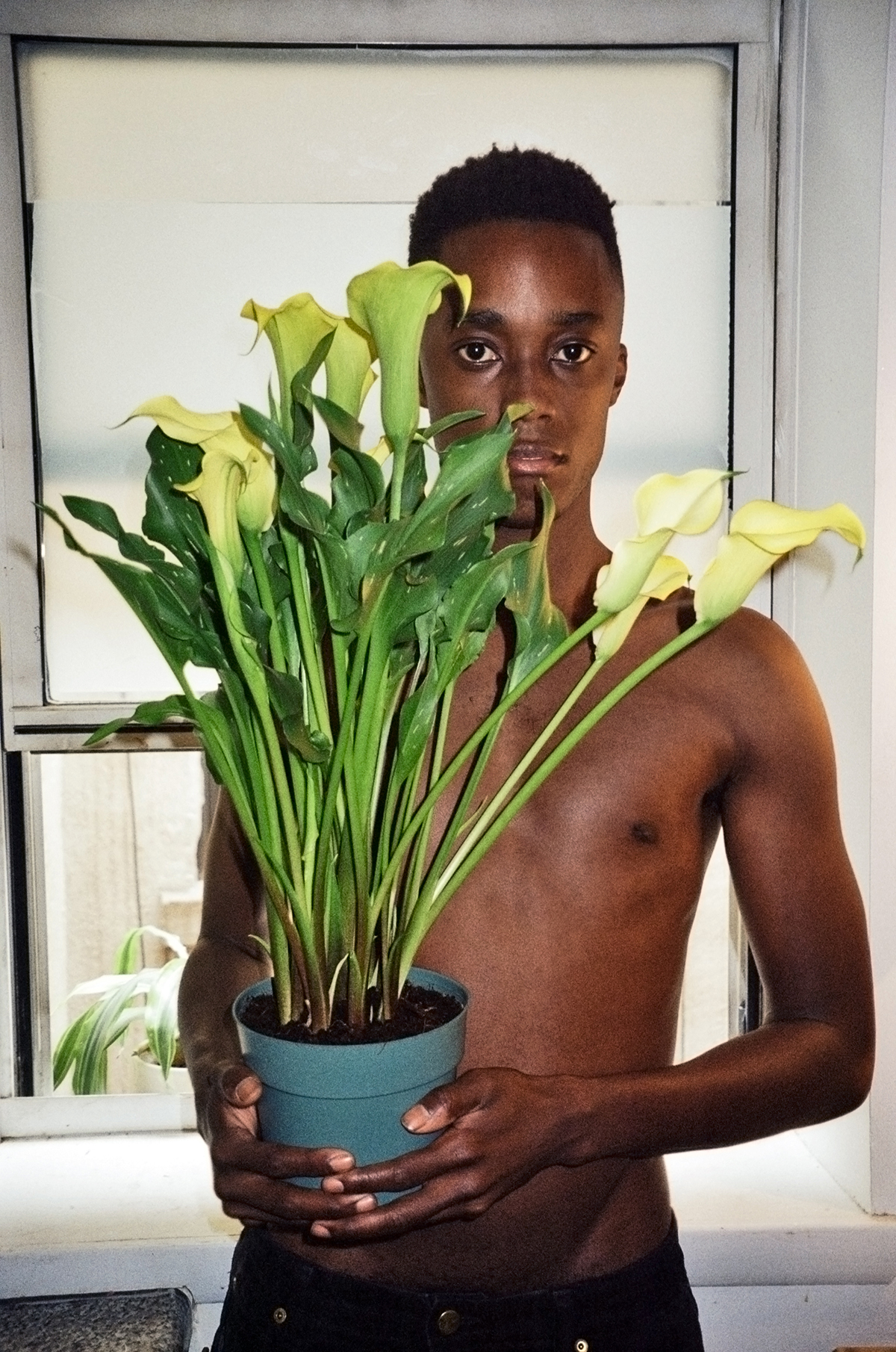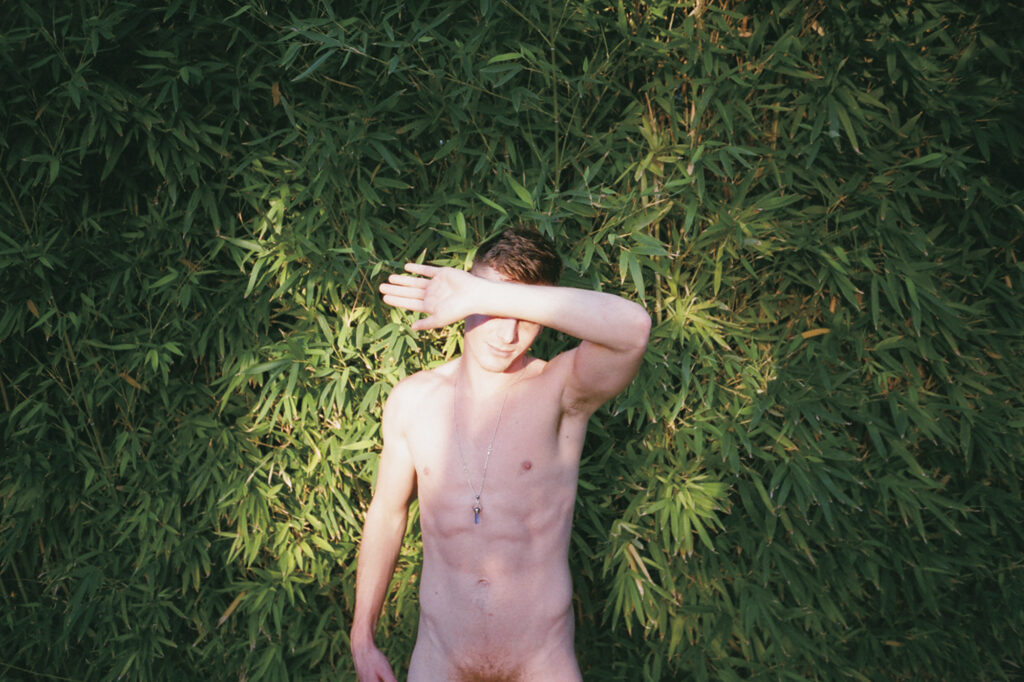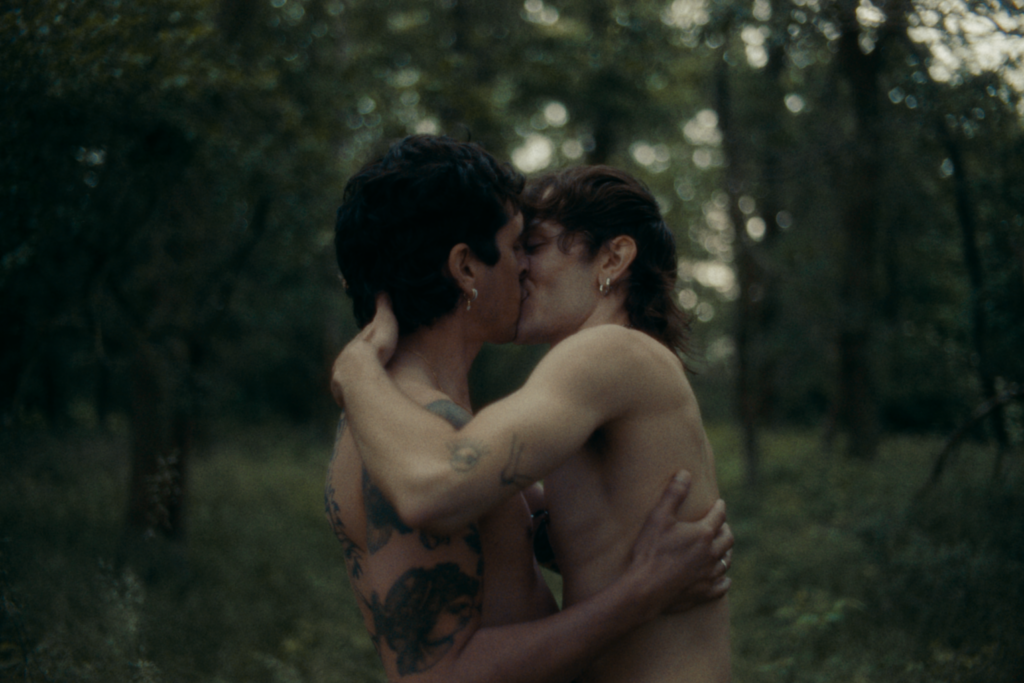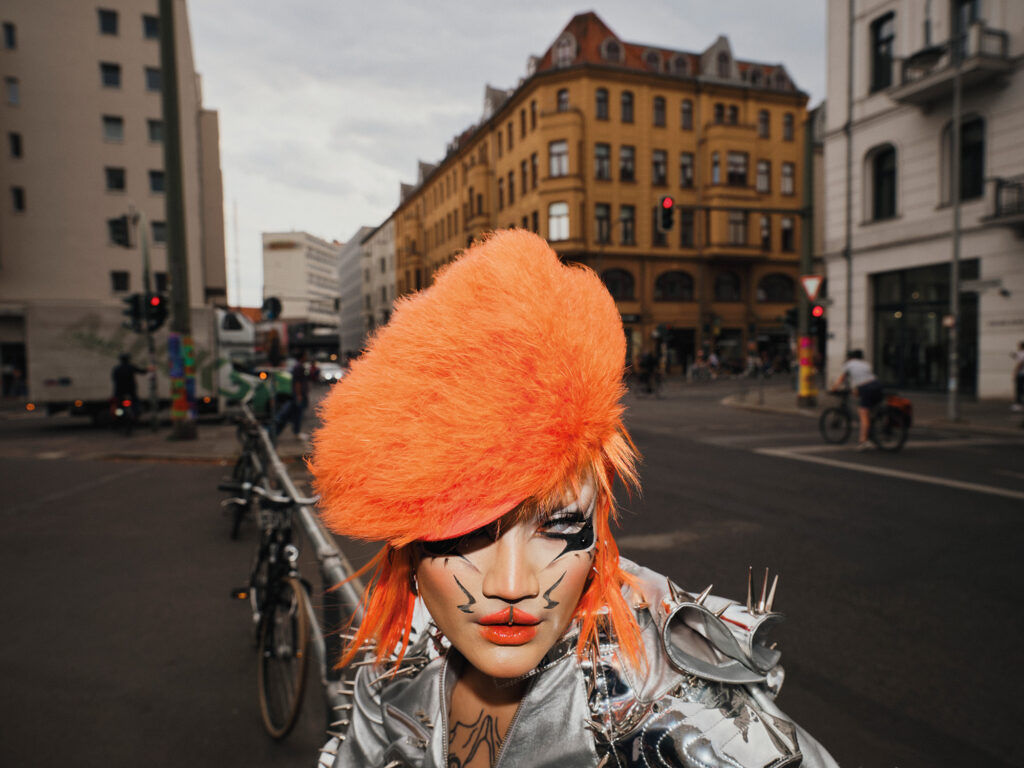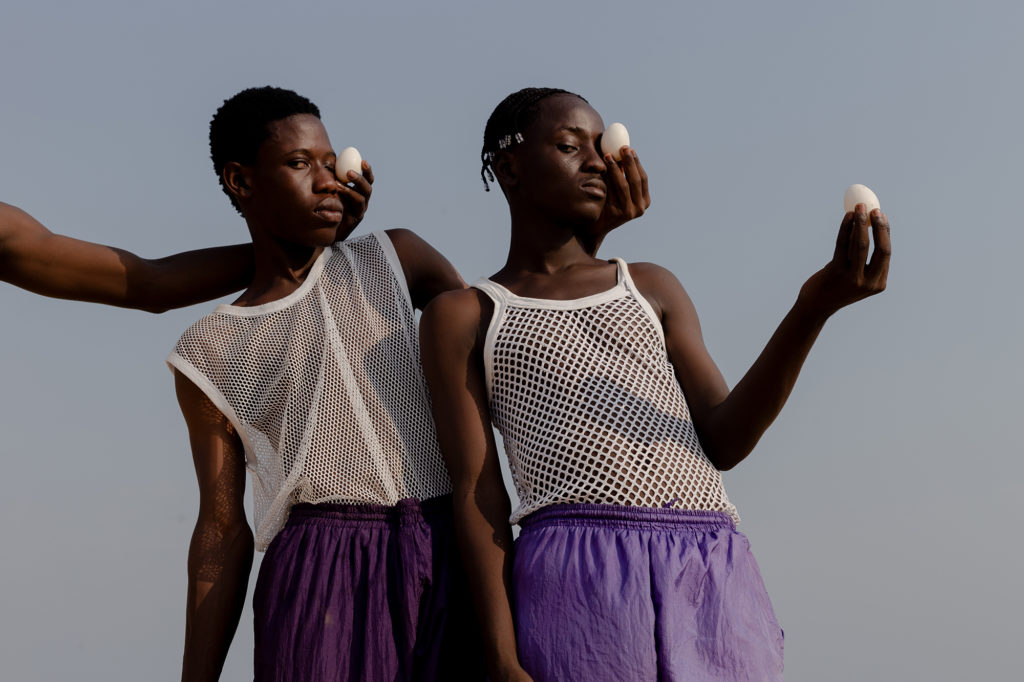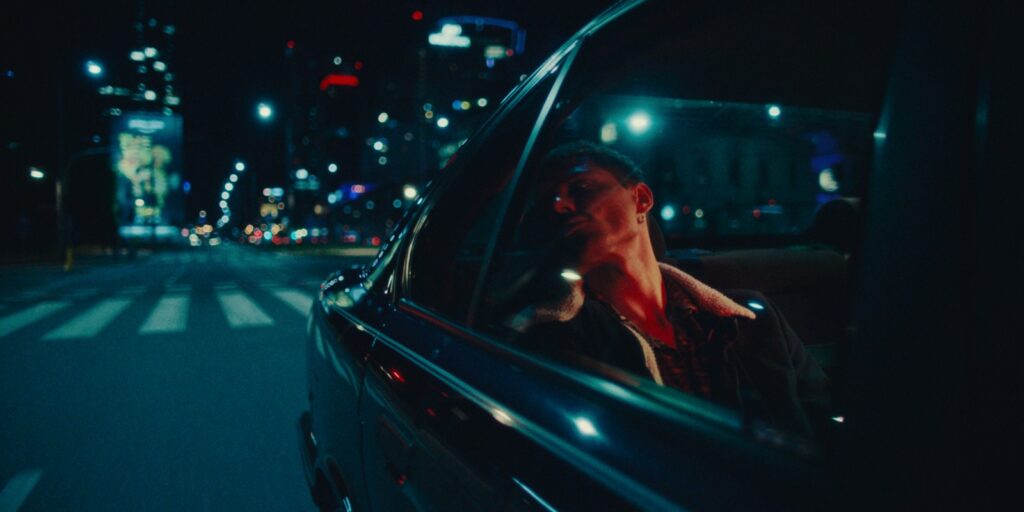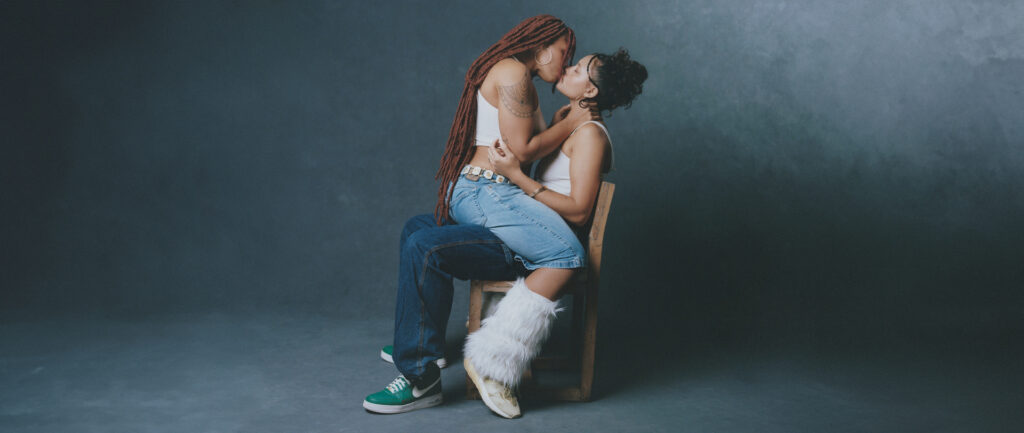Art is a positive outlet that allows you to transform negativity into something that you can inspire others with – Born in Siberia, Slava Mogutin is a New York based Russian-American multimedia artist and author exiled from Russia for his outspoken queer writing and activism. A third-generation writer and autodidact journalist and photographer, he became the first Russian to be granted political asylum in the US on the grounds of homophobic persecution. Slava can be described as an author, photographer, designer, multimedia artist and activist, but more importantly he’s an exceptional human being who keeps reinventing himself and his art time and again. He has been a great inspiration to us and we were happy to finally ask him some questions.

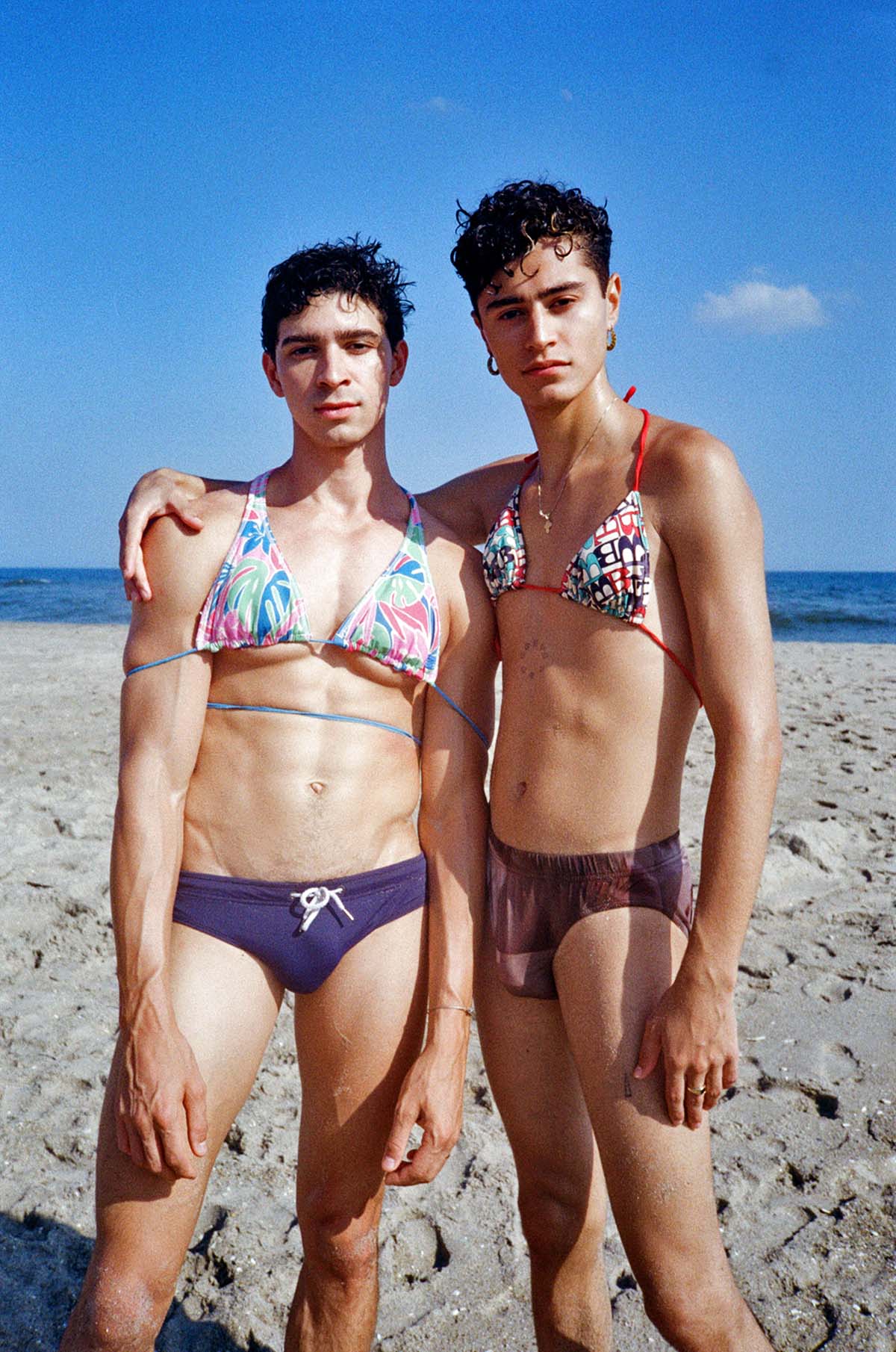
For someone who travels and moves around a lot, how important is your digital footprint, the copies of your memories to you?
I embraced digital photography in its early days. One of my first photography books, NYC Go–Go, is a collection of pictures of the downtown New York gay scene that were shot with point-and-shoot digital cameras. I really like the images of early digital cameras because they kind of mimic the feel and texture of analog photography. The more advanced digital cameras have become, the quicker I drifted towards traditional analog solutions.
Where does digital and analog meet in your works?
These days I mostly use an iPhone and digital cameras to set a certain composition. It’s only after I’m satisfied with the frame that I actually shoot on film. I recently started working on a series of body scans using an old-school flatbed scanner to create the kind of dreamy, performative portraits. I recently had a show in Paris and I printed these body scans on giant fabric banners. They’re translucent and when layered, they create this incredible, multidimensional sensation. It looks like a hologram or a 3D-manipulated image.
How did the pandemic affect your attitude towards your work and people in general?
It was a very challenging experience for everyone, and I lost several close friends to Covid and suicide. I’m still trying to come to terms with those losses, but I was determined to continue with my work and remain creative and productive. Of course, I worked with fewer people in fewer places. I had a show in Berlin when the first lockdown happened. There I shot a series of Quarantine Portraits, and I continued with it upon my return to New York. The pandemic made me more introspective and I actually enjoyed the down-time. I had several unfinished projects that I could work on without much distraction.
How can one turn a negative, even traumatic event into inspiration?
Being an artist you must think outside the box, you must have the drive to take action. As Warhol famously put it, “they always say time changes things, but you actually have to change them yourself.” That’s how I look at things. My personal story, with my exile from Russia, which was a really dramatic and traumatic experience, I managed to turn it into something creative and it eventually became a very important moment for me as an artist. I had to completely reinvent myself. That’s when I switched to English and started focusing more on my visual work, and that’s how photography became a major tool for my self-expression. For me art is a safe place where I can always find refuge regardless of the circumstances that I’m dealing with. It’s a positive outlet that allows you to transform negativity into something that you can inspire others with.
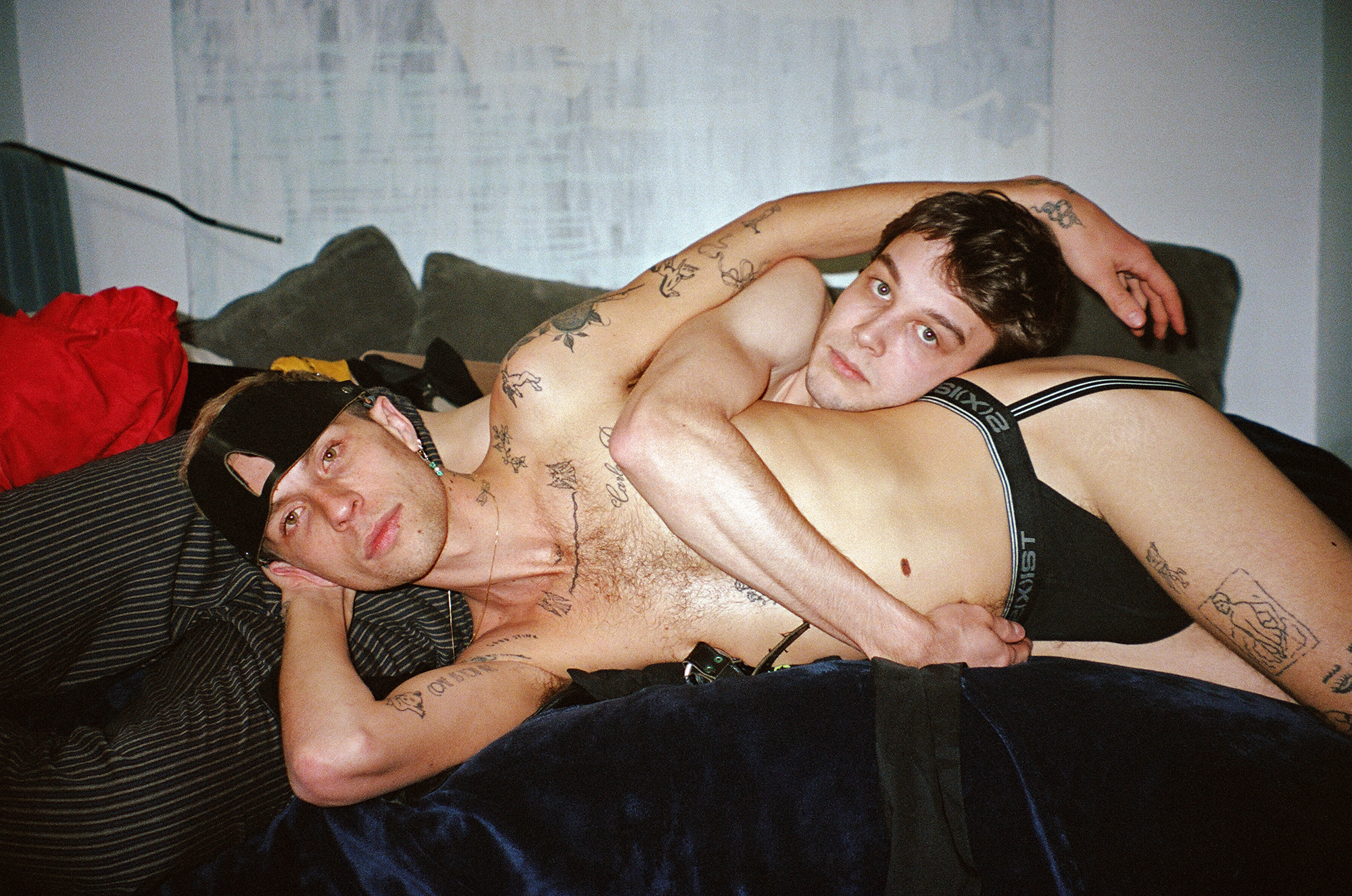
How does your Russian upbringing influence the way you perceive the world now?
I was only 21 when I had to flee Russia, and I almost felt like I was given a second chance, a second life. Since then, I have spent more time living in the US than in Russia. But I still consider myself a Russian-American artist and it’s really important for me to make the point that I’m as Russian as American and I’m proud of my heritage. The politics of the government certainly can’t diminish my love for my culture and people. I just hope that the political situation will eventually change for the better so that my country can become a more tolerant and open place. And if I can contribute my part to this process, I’ll consider my mission accomplished.
What are the most crucial things that people in the West tend to take for granted?
With my immigrant and refugee background, I appreciate a lot of things way more than the natives in the US or other Western countries. Obviously, there is freedom of speech. You can argue that now this freedom is under attack in the West just as much as in Russia – with censorship on the rise and social media being routinely used for surveillance – but you can still get away with speaking your mind and expressing your views without being arrested or killed.
I was prosecuted for my journalism and for being openly gay in Russia, which was and unfortunately still is a very homophobic country. People who’re fortunate enough to live in the West came a long way in terms of civil rights, women’s rights, immigrant rights, gay and trans rights. It’s easy to forget a lot of advantages that those who came before us fought so hard for. This is something we shouldn’t take for granted. And we should also remember that all of this can be reversed. Nothing is written in stone and if we don’t defend our rights no one is going to do it for us.
How do you channel ideas in between different mediums and projects?
I started writing poetry and taking pictures when I was 13 or 14. My poetry could be described as magic realism and I think it’s a good definition for my visual art as well. I want to transform and reshape reality. Documentation, collaboration and transformation, these are the main driving forces of my work. I like collaborating with talents from different fields, because for me the medium is not as important as the message behind it. Sometimes the title comes first, then comes the image, or I start with a poem that turns into a drawing or a performance piece.
When I started off, a lot of people were telling me that I was doing too many things and I should just focus on one discipline, genre or medium. Fast-forward 25 years, and there has never been a better time for multimedia artists, presenting a scope of ideas across genres rather than doing one thing and one thing only. Because that’s exactly what used to be expected from most career artists: to do one thing over and over, so you can become famous and make money. What I stand for is the complete opposite of this outdated formula.
What are some of the things that you keep coming back to in times when you really need inspiration?
Remembering my humble upbringing and the conservative, rigid environment I was living in has always been an important reference point for me. I come from a poor family, my parents were both intellectuals and we had more books than furniture or clothes. We didn’t watch TV, and I was a total nerd reading nonstop throughout my entire teenage years. Nothing ever fell from the sky for me, and I had to fight for acceptance and recognition first in Russia and then in the West. Just remembering where I came from and that I didn’t have much when I was growing up makes me appreciate my current life and enjoy my success way more. But one thing that hasn’t changed is that I enjoy creating art and writing just as much as I did when I was a teenager.
